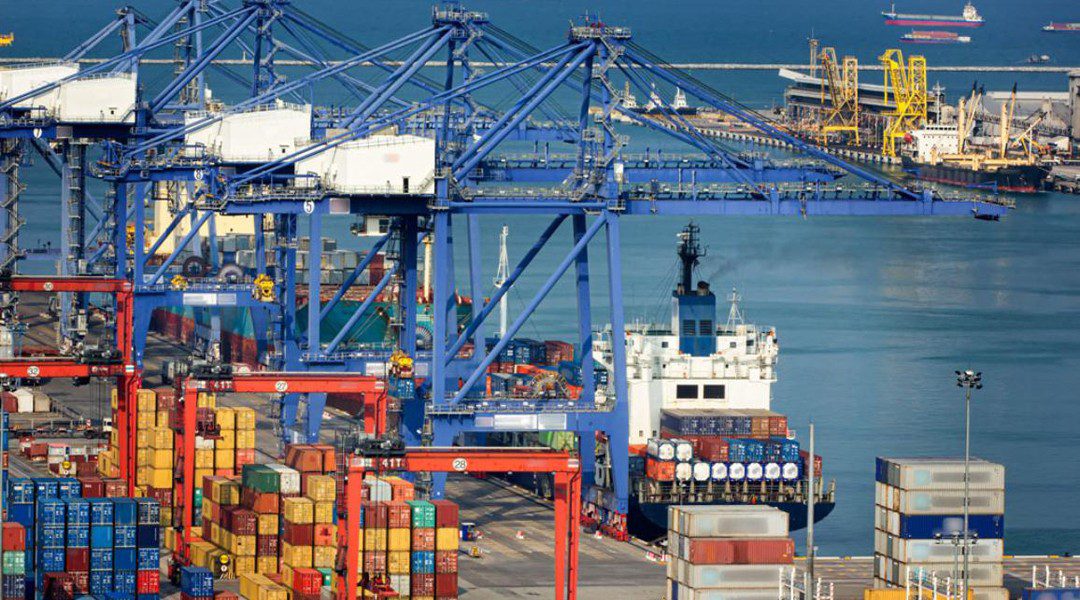Cargo traffic on the Northern Sea Route (NSR) exceeded its plan by 5% during H1 2022, according to Russia’s Deputy Prime Minister Alexander Novak.
The target of cargo traffic on the Northern Sea Route is 80m tonnes by 2024.
In 2021 NSR cargo traffic reached 35m tonnes, which was 6% (2m tonnes) ahead of plan.
Novak said that transit transportation on the Northern Sea Route had tripled over the past two years and that the number of voyages had doubled to more than 1,600.
The fleet has been expanded with two nuclear-powered icebreakers, the Arktika and the Sibir. Four more ships are under construction: three at Baltiysky Zavod shipyard in Saint-Petersburg and one at Zvezda shipyard in the Primorsky Territory. The first of these new vessels is scheduled to be delivered at the end of 2022, while the others are scheduled to
follow in 2024, 2026 and 2027.
The Northern Sea Route stretches along the northern coasts of Russia across the seas of the Arctic Ocean (Kara, Laptev, East Siberian, Chukchi seas). The route links the European ports of Russia with the mouths of navigable rivers in Siberia and the Far East. Until February this year it had been seen as a promising future alternative to the route via Suez,
but the effective business separation of Western Europe and its allies from Russia raised concerns that the NSR’s raison d’etre might melt along with the ice that had previously made the route so difficult apart from a few months every year.
Russia’s “talking up” of the NSR certainly needs to be seen in that light, particularly as
Russia had been counting on a significant degree of private investment in the project. The financing of the plan for the development of the NSR through to 2035 could be the equivalent of about $34bn, but private investors were expected to inject approaching the equivalent of $250bn in the development of the investment projects that would form the cargo base of the Northern Sea Route by that date. With much of this being energy based, the question is presumably being asked by Russian investors, to whom will this energy be sold? As Russia has substituted Asia for Europe for much of its energy exporting, the
NSR looks less attractive as a viable business model than it did at the end of 2021. (See next story).
Russia is to spend almost RUB1.8trn ($30bn) on the Northern Sea Route development project up to 2035, according to a document uploaded to the government’s website.
The document said the sea route, which was being facilitated by reduced sea ice as a result of climate change, was “a very important transport corridor, of both national and global significance”.






